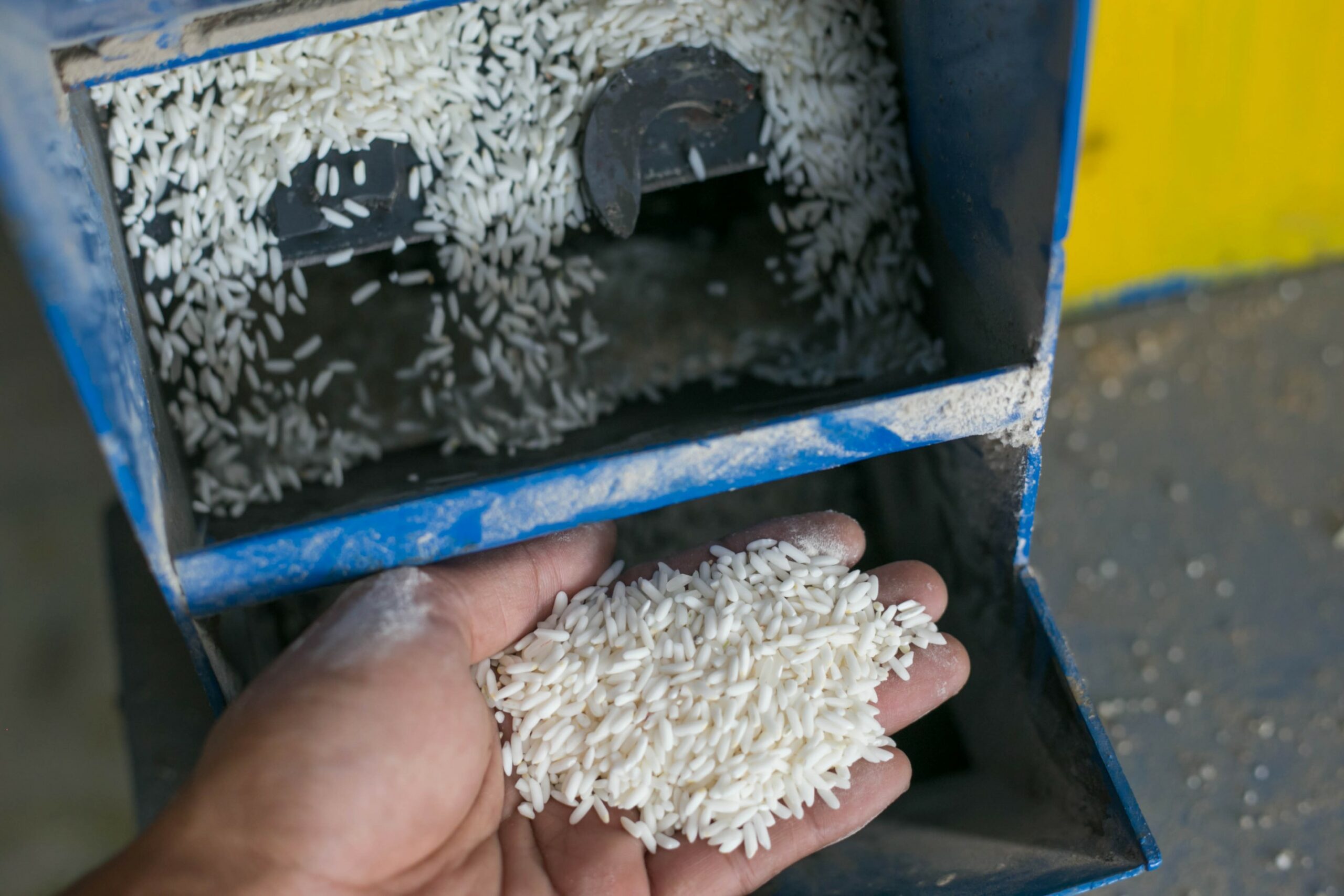
Multifunctionality is associated with human activities that perform multiple functions and generate ecosystem services that can be positive or negative. In economics, these are known as “externalities” and may result in socioeconomic and welfare benefits or losses at the individual, national, or global levels.
Externalities are usually associated with and linked to development interventions like infrastructure projects or mining, etc., with clear outputs. On the other hand, agricultural and crop practices perform multiple functions (outputs and services) and generate externalities that can be positive as well as negative, intended or unintended. The term “multifunctionality of agriculture” is relatively recent, as it was first used in the early 1990s (Cotty et. al. 2005: 7). While the economic value of multiple (commodity) products is well-recognized (from the individual to national and global levels), the multiple (non-commodity) services they provide are less known or acknowledged. For instance, ecosystem services are a part of the multiple services provided by agriculture production systems, so ecosystem services are a subset of multifunctionality.
Why is multifunctionality important?
Agriculture production systems are the largest land- and water-based activities in the world, and they produce commodity as well as non-commodity outputs (Figure 1). Commodity outputs can provide direct and indirect benefits. The direct benefits include food security and economic benefits, like income, raw materials for other sectors, and employment. The indirect benefits include social status, health, nutrition security, and resilience (from the household to the national level). The role of a healthy agriculture sector in facing macroeconomic shocks has been proven beyond doubt in recent times amid the coronavirus disease (COVID-19) pandemic and the Russian invasion of Ukraine. These indirect contributions of agriculture are rarely acknowledged or taken into account.
In contrast, non-commodity outputs come mainly in the form of environmental services. These services are characterized by externalities that can be positive or negative (Figure 1). Although positive externalities are often highlighted, the negative externalities associated with the production system should also be acknowledged. Both the positive and negative externalities vary across agro-climatic conditions (regions) and farming systems. For instance, the type and nature of ecosystem services are different in dry and arid zones (regions) when compared to humid or high-rainfall regions. Similarly, while crop systems like paddies are associated with diverse ecosystem services, when compared to crops like sugarcane or low-water-intensive crop systems like pulses, cotton, etc., these crops are not associated with diverse ecosystem services.
Figure 1: Multifunctionality of Agriculture Production
 Source: Authors.
Source: Authors.
Contribution of non-commodity outputs
If all commodity and non-commodity outputs are not taken into account, their overall contribution to the economy and society will be underestimated or overestimated. As indicated in Figure 1, non-commodity services appear to be more complex and important. Zakaria and Abdullah (2015) assessed for 17 Asian countries that three non-commodity services (externalities)—flood control, groundwater recharge, and soil conservation—alone contribute more than 3 times that of annual rice production value (commodity) per hectare. Thus, the contribution of agriculture/crop systems may be much more than the often-perceived (direct) benefits. However, we cannot see the complete picture by considering only the positive externalities. The losses associated with negative externalities are equally important and can be substantial. Assessing the net (positive minus negative) benefits can provide a comprehensive account, especially when the extent and magnitude of the externalities vary from region to region (or country to country).
Assessing the externalities
Assessment of the externalities can be complex and demanding in terms of data and methods. The interlinkages between production systems and processes make it even more difficult to examine the nature of the linkages and identify the impacts. However, of late, various frameworks and approaches are available to identify and draw the boundaries for identifying and assessing the most relevant linkages and their impacts. These include life-cycle assessment, nexus, and circular economy frameworks. As for assessing the positive and negative environmental externalities, one can draw upon environmental economics methods and tools, which include direct and indirect methods. Direct methods fall under stated preference techniques, where individuals do not make any behavioral changes but state how they would behave. Indirect methods use actual choices made by consumers to develop models of choice for market and non-market goods (Reddy 2019).
Policy relevance
The multifunctionality of agriculture/crop systems is gaining policy importance across countries for several reasons:
- Understanding and assessing the full potential (contribution) of agriculture/crop production will facilitate fair and rational resource allocations. Declining budgetary allocations to agriculture are a leading policy issue in most developing countries.
- Policy distortions like input subsidies can be rationalized effectively by assessing the actual contribution of paddy production systems to ensure a fair share in allocations.
- Based on the real contribution of the sector, public policies can prioritize sustainable agriculture/crop practices. This can help improve the viability of agriculture, especially smallholder agriculture.
- Appropriate policies and policy instruments can help mitigate negative externalities through incentive- and disincentive-based instruments.
In conclusion, formulating regional and comparative research studies is an important next step toward establishing the multifunctionality of production systems in Asia and sustaining these systems for ensuring sustainable development. In doing so, the emphasis should be comprehensive in covering all aspects of multifunctionality and integrating multi-disciplinary and trans-disciplinary approaches.
References
Cotty, T. L., P. Caron, A. Aumand, and D. Barthélémy. 2005. Summary Report: International Analysis of MFA, International Negotiations and Sustainable Development (accessed 16 June 2022).
Food and Agriculture Organization of the United Nations (FAO). 2004. Socio-Economic Analysis and Policy Implications of the Roles of Agriculture in Developing Countries (accessed 16 June 2022).
Reddy, V. R. 2019. Economic Analysis of Health Impacts in Developing Countries. In Encyclopedia of Environmental Health, edited by J. Nriagu. Elsevier.
Zakaria N. A, and M. Y. B. Abdullah M. Y. B. 2015. Case Study for Monetary Assessment of Flood Control and Sediment Control Function of Paddy Fields in Muda Irrigation Scheme, Malaysia. International Network on Water and Ecosystem in Paddy fields (INWEPF Symposium 2015), 3–5 November 2015, Colombo, Sri Lanka.








Comments are closed.